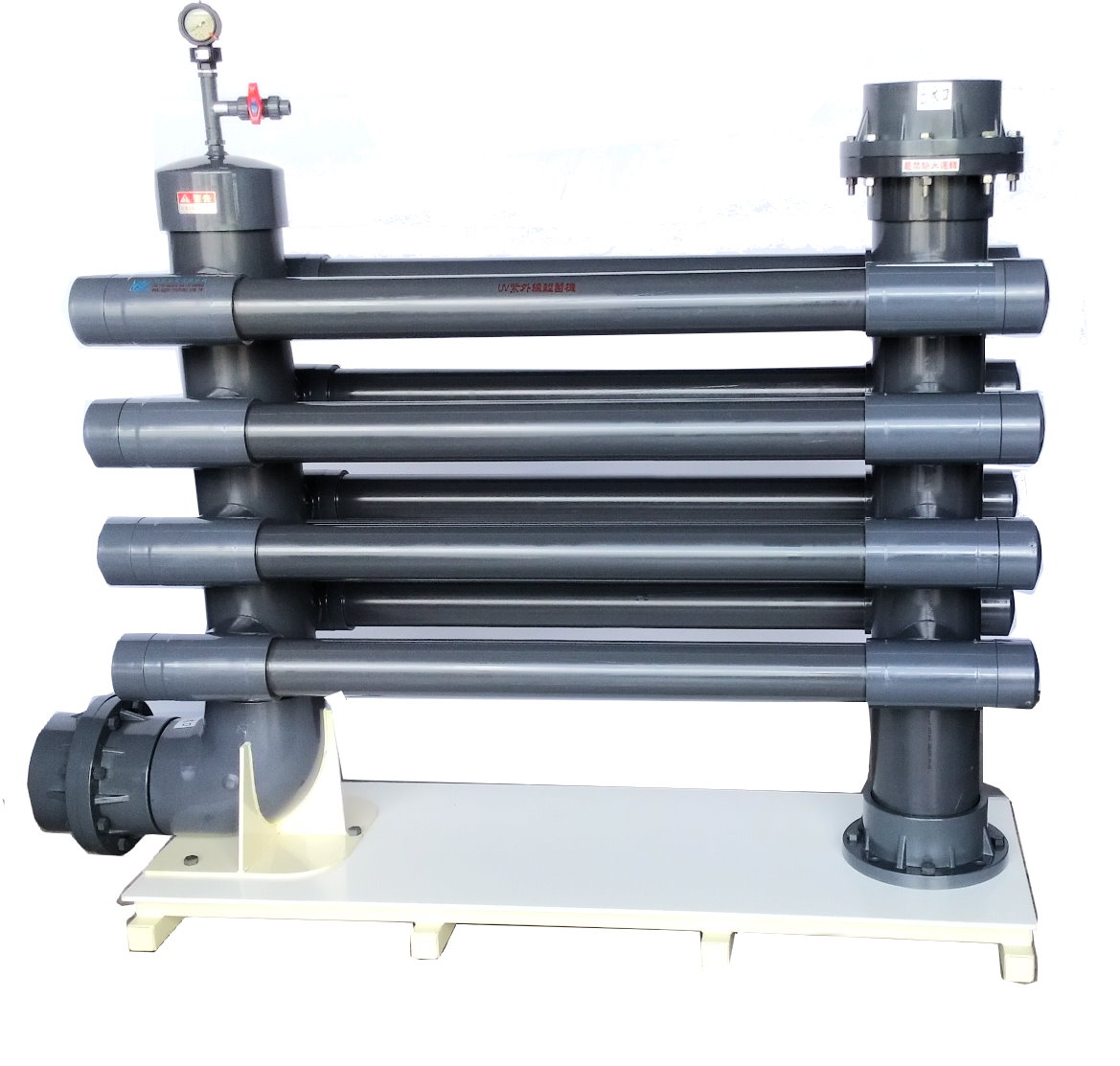the method for cutting costs when using uv disinfection
Two master students, Kari Justad (The Arctic University of Norway) and Miguel Guerreiro (University of Algarve, Portugal), conducted their work at Nofima Tromsø laboratories. Together with Nofima technicians and researchers they used two UV Collimated Beam Apparatus to investigate six different pathogens
“The IPNV is the only one of the five virus and bacteria we have tested that required a very high dose, luckily there is a vaccine against it. All the other pathogens were eliminated using UV doses typically below 10 mj/cm2”, says Vasco Mota.
Seawater for the trials was collected at depths of 2 and 40 meters at two different sites: one close to a salmon farm, and one that hadn’t been influenced by fish farms. Two different UV-C techniques of distinct wavelength (λ) were used during the trials; low pressure of 254 nanometres, and medium pressure between 220-300 nanometres. In all the trials, 99.9 percent of pathogens were eliminated using a lower dose (and therefore lower cost) than the authorities require.
“These results may indicate that there is a need to assess the UV doses that are required to disinfect the intake water of aquaculture facilities, which could potentially reduce energy costs regarding UV disinfection. The exception in our trials was the IPN virus which required a high UV dose, but the existence of a vaccine for this virus reduces the need to eliminate it. All the other pathogens were eliminated using much lower doses”, says Vasco Mota.
Water disinfection using UV is relevant for inlet water in land-based farms. This includes both flow-through systems and RAS. And for semi-closed containment facilities at sea.
The UV treatment takes place when the water is on its way into the facility, where the fish are located. Therefore, at no point will the salmon be exposed to the UV rays – regardless of the chosen method.
“The rays do not affect the water in a way that can harm the salmon, nor do they affect the environment. In this sense, UV is a perfectly acceptable technology to use for disinfecting water”, the scientist states.
Above article are excerpted from
https://thefishsite.com/articles/new-method-for-cutting-costs-when-using-uv-disinfection
